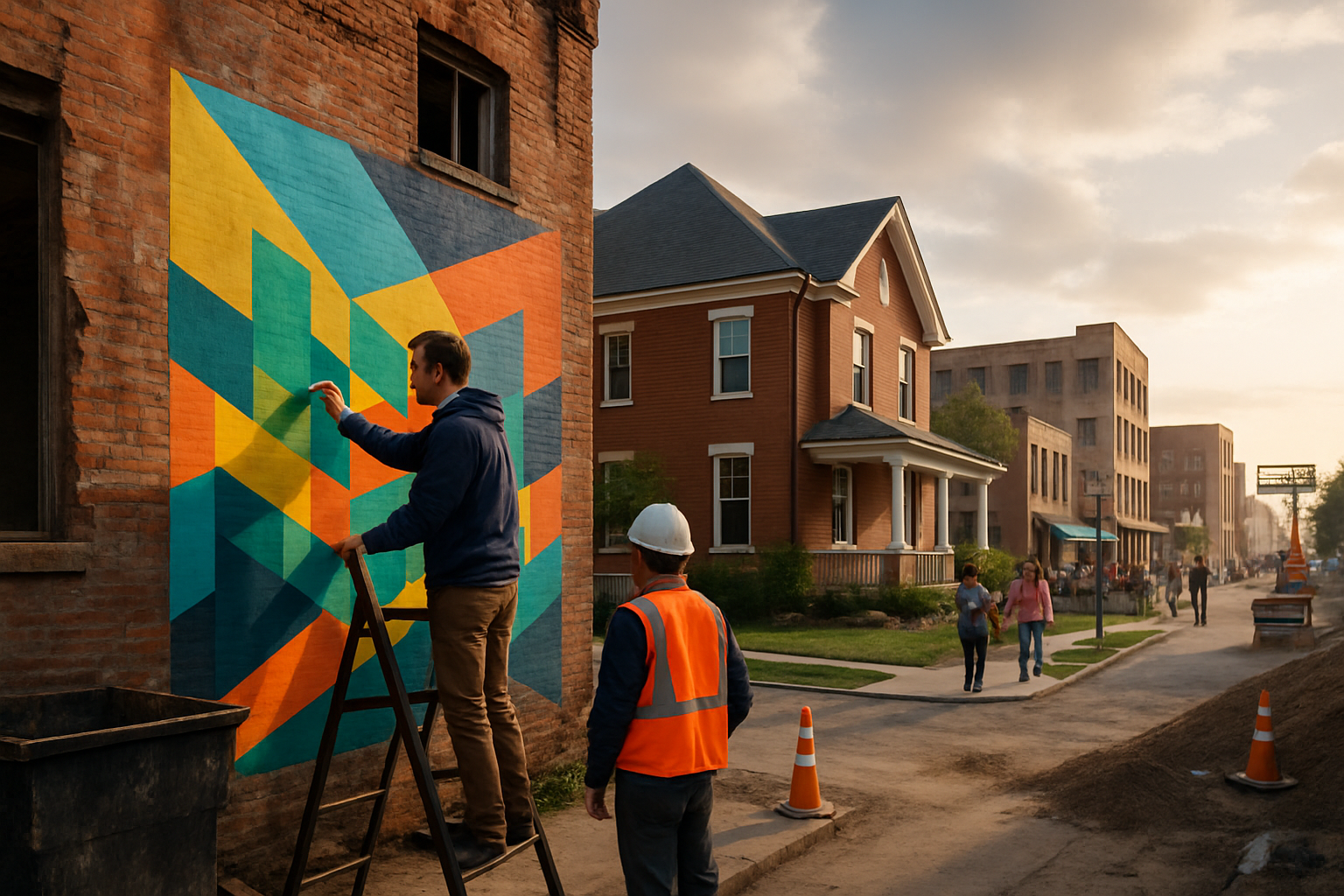Art School's Role in City Design and Community Engagement
Art schools are more than studios and critique rooms; they are engines for skills that shape public space, influence urban policy, and deepen local culture. Students learn techniques and ways of thinking that translate into public art projects, collaborations with planners, and community-driven initiatives that enrich the social and visual fabric of the city.

public art: how do studios prepare students?
Art schools teach technical skills—sculpture, mural painting, digital fabrication—that directly translate to public art. Beyond technique, curricula often emphasize site-responsive thinking: how a piece relates to light, movement, and the social life of a space. Courses and studio crits push students to consider durability, maintenance, and audience interaction, all essential when work moves from a classroom wall to a busy street corner.
Many programs now include partnerships with city arts agencies and nonprofit organizations, giving students real-world briefs and the chance to produce commissioned works. These experiences build professional literacy about permits, insurance, and community consultation, reducing the friction between an emerging artist’s vision and the practical requirements of creating public art.
urban design: can art education inform planners?
Art school training encourages observational and conceptual skills that complement urban design. Artists are practiced in spatial thinking, composition, and material experimentation—capacities that enrich dialogues about streetscapes, plazas, and transit nodes. When artists and designers collaborate, the result can be more humane, expressive, and flexible public environments that prioritize sensory experience as well as function.
Interdisciplinary studios—where architecture, landscape, and art students work together—are increasingly common. These collaborations model how creative research can inform zoning decisions, temporary installations that test design ideas, and pilot interventions that measure public response before permanent changes are made.
community engagement: what methods do programs use?
Community engagement is often embedded in coursework through participatory projects, oral history assignments, and co-creation workshops. Art schools teach methods for listening, facilitation, and translating community input into visual outcomes. These practices help students design projects that resonate with local residents instead of imposing outside aesthetics or narratives.
Service-learning models pair students with neighborhood organizations so that projects meet tangible community needs—wayfinding murals, youth art programs, or storytelling installations. Faculty mentorship in these contexts emphasizes ethical collaboration, compensating participants where possible, and creating sustainable relationships rather than one-off interventions.
city: how do urban contexts shape curricula?
The city is a living laboratory for art education. Urban campuses provide diverse public spaces, cultural institutions, and infrastructure challenges that inform studio work and research. Programs in dense cities often focus on public art policy, adaptive reuse, and site-specific practice because students can prototype projects within the local context and observe immediate public responses.
Conversely, art schools in smaller cities or regions may emphasize community partnership and regional identity, training artists to work with municipal stakeholders, tourism offices, and local developers. In either setting, place-based study encourages students to understand regulatory frameworks, environmental factors, and municipal priorities that affect how art functions in the public realm.
artist: how does art school support professional practice?
Art schools balance craft development with career skills: proposal writing, portfolio presentation, grant applications, and contract negotiations. Many institutions offer incubators, alumni networks, and exhibition opportunities that help emerging artists transition to professional practice. Mentorship from practicing faculty provides models of how to navigate commissions and collaborations with public agencies.
Practical experiences—such as gallery management, curatorial projects, and partnership-based residencies—equip artists with administrative and collaborative competencies. These skills increase an artist’s ability to lead public projects, advocate for community needs, and work effectively within the procedural realities of city projects and urban design initiatives.
Conclusion
Art schools play a pivotal role at the intersection of artistic practice and civic life by training artists to engage thoughtfully with public art, contribute insights to urban design, and collaborate meaningfully with communities and city institutions. Through studio work, interdisciplinary projects, and community partnerships, graduates leave equipped to shape public spaces that are durable, inclusive, and responsive to the people who use them.






